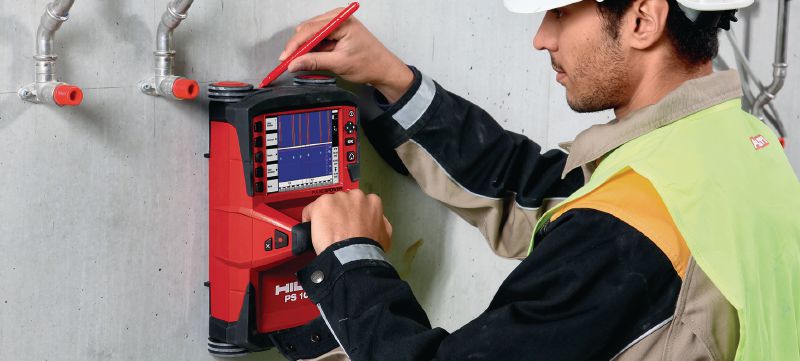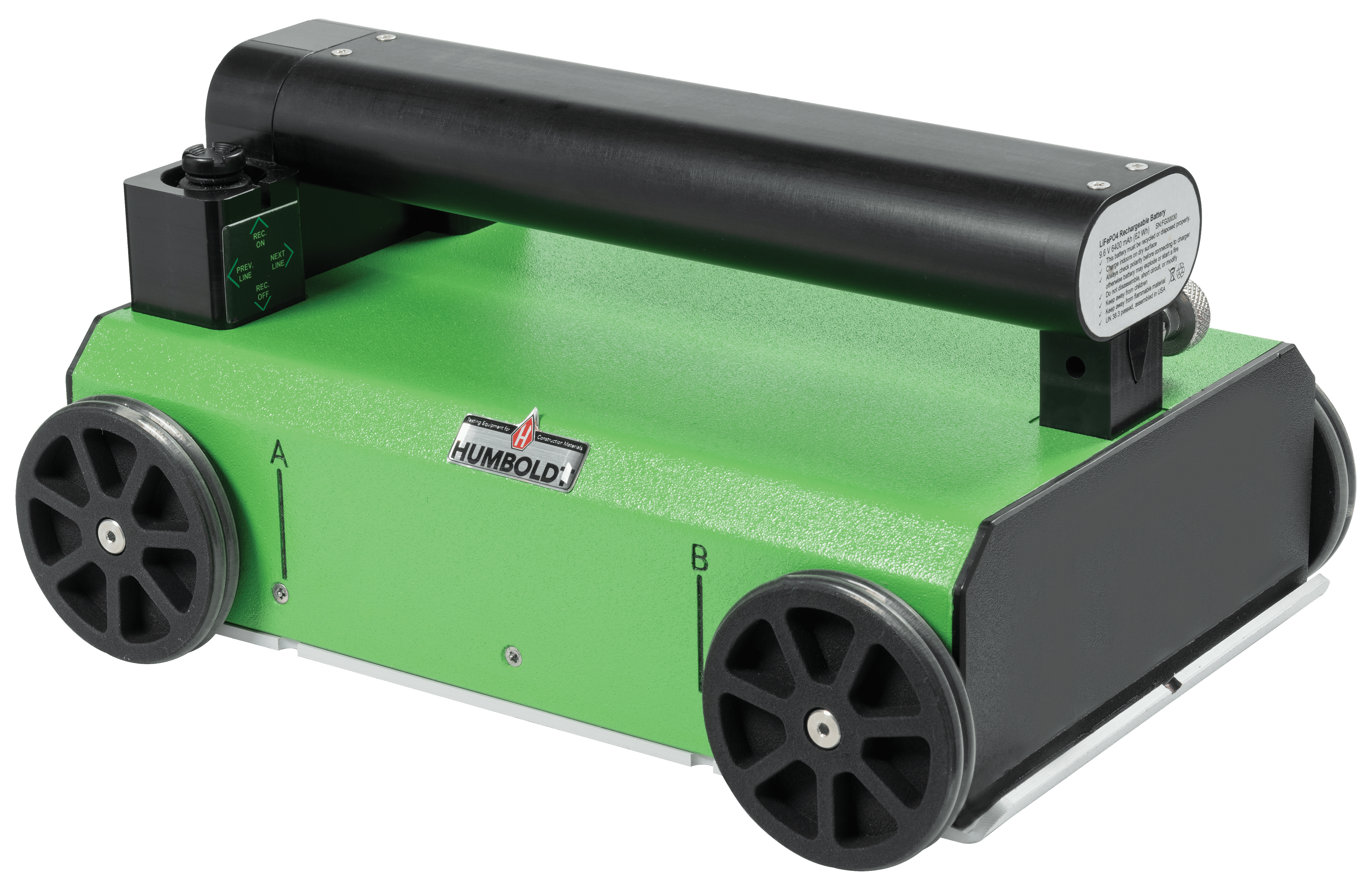Enhancing Job Preparation and Execution Via Advanced Concrete Scanning Strategies
In the world of job planning and foresight, precision and implementation are crucial aspects that can make the difference between success and problems. Advanced concrete scanning techniques have actually emerged as a sophisticated device set to raise the standards of task administration within the building industry. By taking advantage of sophisticated modern technology, these methods offer a look into the architectural stability of a building also before the initial brick is laid. The effects of such improvements are extensive, guaranteeing a standard shift in just how projects are come close to and provided.
Advantages of Advanced Concrete Scanning Strategies

Improved Accuracy in Project Analyses
Enhancing task evaluations with sophisticated concrete scanning techniques considerably increases the precision and integrity of building and construction analyses. By using innovative scanning technologies such as ground-penetrating radar (GPR) and 3D imaging, project teams can currently obtain thorough understandings right into the problem of concrete frameworks, determining potential imperfections or weak points that may not be visible to the nude eye. This improved degree of precision in project assessments makes it possible for building professionals to make even more educated choices relating to fixing and maintenance approaches, causing improved total job end results.
Furthermore, the increased precision in project analyses achieved with advanced concrete scanning strategies assists in reducing the threat of unexpected concerns during the building and construction phase. By proactively spotting hidden abnormalities within concrete structures, such as rebar rust or voids, task groups can attend to these problems beforehand, avoiding expensive delays and rework later in the project lifecycle. Eventually, the improved accuracy in job assessments assisted in by innovative concrete scanning methods adds to better efficiency, cost-effectiveness, and high quality in building and construction projects.
Early Recognition of Architectural Obstacles
Early detection of architectural obstacles plays a critical role in making sure the honesty and security of concrete frameworks throughout the building and construction process. Identifying possible concerns at a very early stage enables prompt treatment, preventing costly rework, routine hold-ups, and security dangers. Advanced concrete scanning strategies, such as ground-penetrating radar (GPR) and 3D imaging, make it possible for task groups to reveal covert defects, voids, reinforcement layout inconsistencies, and other abnormalities that could compromise the structure's stability.
By implementing these techniques during the planning and execution phases, building professionals can proactively deal with structural challenges before they intensify into significant troubles. For circumstances, spotting inadequate concrete cover over support bars early on can avoid corrosion and architectural weakening over time - RainierGPR Service Areas. Additionally, determining variations in concrete thickness or density can aid enhance material use and make certain consistent strength buildings throughout the framework
Eventually, very early recognition of structural obstacles with sophisticated concrete scanning not only enhances the total best site high quality and resilience of the construction yet likewise adds to a much safer built setting for customers and residents.
Boosted Security Steps in Building And Construction
The execution of durable security protocols is critical in the building and construction sector to mitigate threats and guard the wellness of stakeholders and employees. To boost security actions, building and construction business are progressively adopting technical improvements such as wearable devices that check workers' vital indications and find prospective health problems in real-time. By prioritizing safety and security with the incorporation of advanced technologies and thorough training programs, building tasks can dramatically minimize mishaps and create a safe and secure working setting for all included.
Streamlining Task Administration Processes
To enhance functional effectiveness and make certain job success in the building and construction market, an emphasis on improving project management procedures is vital. By implementing efficient project monitoring processes, building and construction jobs can reduce hold-ups, minimize expenses, and enhance total productivity. One crucial facet of streamlining job monitoring is making use of sophisticated modern technologies such as Structure Details Modeling (BIM) software, which allows real-time cooperation, clash discovery, and accurate project scheduling. Furthermore, the fostering of cloud-based task management platforms enables seamless communication amongst employee, instantaneous access to project information, and the capacity to track progression in real-time.

Final Thought
In final thought, the use of sophisticated concrete scanning methods uses many advantages for project preparation and execution. These methods give better precision in task analyses, very early recognition of structural challenges, enhanced safety and security actions in building and construction, and structured have a peek at this site job monitoring processes. Incorporating these approaches right into job workflows can ultimately cause extra reliable and successful results in construction tasks.
Inevitably, the enhanced accuracy in task evaluations assisted in by advanced concrete scanning strategies contributes to greater performance, cost-effectiveness, and top quality in building projects. RainierGPR Service Areas.
To enhance operational performance and ensure job important site success in the building and construction market, a focus on enhancing project monitoring processes is crucial. By executing reliable project monitoring processes, building and construction projects can lessen delays, minimize prices, and improve overall performance. By improving task management processes via technology combination, clear communication, and data-driven methods, construction jobs can accomplish better efficiency, cost-effectiveness, and successful results.
These strategies provide better precision in job evaluations, very early recognition of structural difficulties, enhanced safety actions in construction, and streamlined job administration procedures.